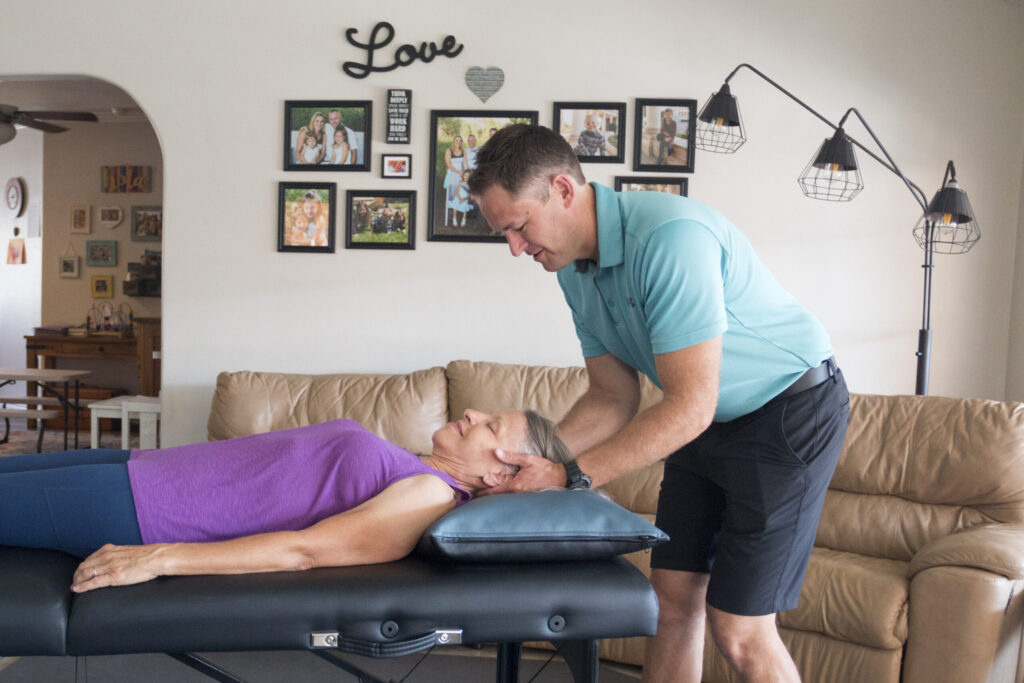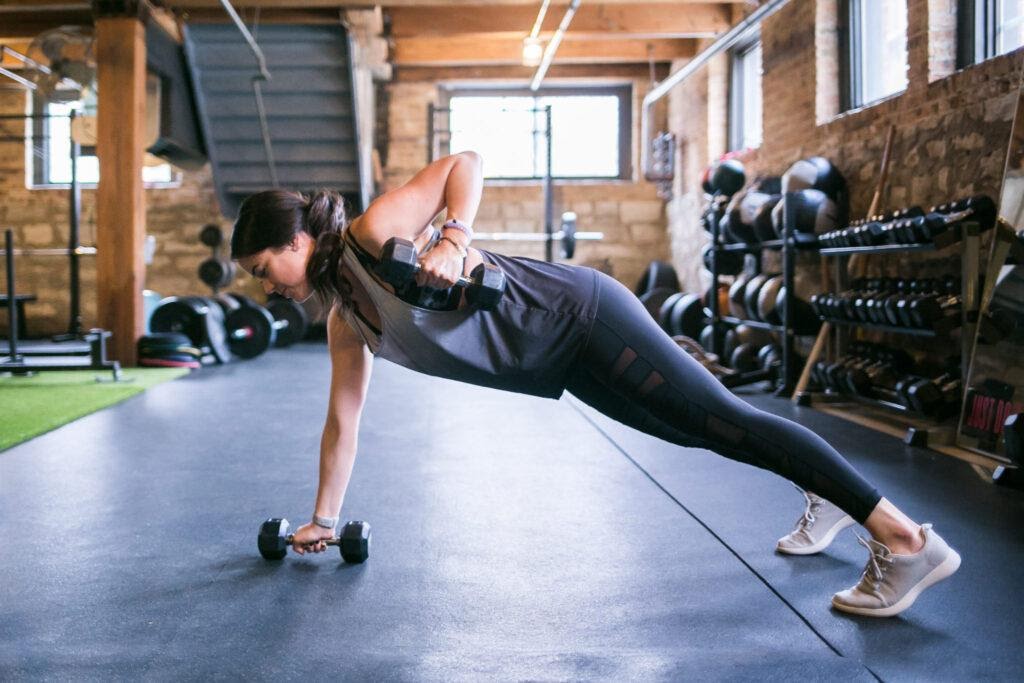We may periodically attempt to alter our routines to achieve our goals, with everyday realities dragging us down and locking us back into our status quo. There are ways to keep your lifestyle changes and relieve your pain, but they involve acknowledging where you are in the process to make these changes stick.

“I’m Just Too Busy” for a Lifestyle Change
Regardless of who we are and what roles we play, our minds are loaded with STUFF! Most of us initially talk ourselves out of keeping a lifestyle change to avoid feeling like we failed. We believe that our minds are “too busy” to respond to meditation. Our schedules are “too full” to maintain an exercise program, and that we will surely fail if we try.
Yet we catch ourselves dreaming about what could be if we were a little smarter, skinnier, stronger, healthier, richer. We frame these dreams without considering the thousands of other thoughts that invade our consciousness to demand our attention and direct our behaviors.
Our brains attempt to manage this complexity by automating the non-negotiable routines; Such as getting out of bed, showering, brushing teeth, getting dressed, and eating. Society imposes routines like going to work to cover financial obligations. With little bandwidth to spare, we dream about a better self. These dreams are fueled by examples we encounter on television and social media.
How Do You Know if You’re Ready To Make a Change To Relieve Your Pain?
To make behavioral changes, we have to determine if our daily thoughts support a change. This is where the Stages of Change Model can be useful:
1. The Precontemplation Stage
When in this phase, we are not yet open to change. We come to the physical therapy clinic with a “fix me” mindset; expecting an intervention that does not require work on our part. We are not yet open to considering that our habits play a role in our pain and might resist education about changes in our physical activity to reduce pain.
2. The Contemplation Stage
Our outer shell begins to crack! If we’re overweight, we begin to realize that our current routine might be contributing to our health problems, and maybe even our pain. We begin to analyze long-term risks vs benefits of some of our daily habits; for example, connections to favorite TV shows vs opportunities for social interaction or more active hobbies. The battle between short-term and long-term gratification begins (the evening snack vs feeling better).
3. The Preparation Stage
Our minds continue to open! We begin to recognize that changes are needed. However, the pull of short term-gratification is still very strong. This may look like experimenting with small changes; for example, a salad instead of a burger at our favorite restaurant. We begin seeking small victories, like a short after-dinner walk instead of a TV show. We start to consider establishing routines and adjusting our schedules to support our goals.
4. The Action Stage
Enter the light! But are we really ready to begin our journey? Let’s find out. Have you ever taken a drastic action (Sudden vigorous exercise? Elimination of an entire food group? Strict calorie restriction?) on January 1 only to crumble back to previous habits within a few days or weeks?
Why Do We Fail to Relieve Our Pain?
Contemplation and preparation are important! When we try to jump straight to Action without taking the time to adequately process Stages 2 and 3, we’re likely to allow the Stage 1 inertia of our previous behavioral routines to regain control.
In other words, if we try to jump to the Action Stage without going through the honest reflection of our mind and body’s resistance and planning for change, we’re unlikely to be successful. After a week or two without miraculous physical benefits, it becomes easy to sink back into the easy routines that lead to instant gratification. The new season of binge-worthy TV shows can be just enough to get us back on the couch munching on our after-dinner snacks.
Our minds look for other reasons to avoid healthy behavior. Pain is a big one! Nagging shoulder, neck, or back pain can lead us to “take a break” from exercise. We may have every intention of getting back to it, only to be sucked back into our previous inertia.
Conclusion
It’s important to contemplate and prepare for potential pain and injuries. This will help you maintain your progress toward a healthier lifestyle. Reaching out to a physical therapist for a physical assessment and an appropriate, progressive exercise program can be a critical step in your journey to Live a Better Life!
Furthermore, with a physical therapist in your corner from the start, you will have an advocate who can advise you on exercise modifications should the need arise to keep you on track. An added bonus is that your relationship with your PT can provide you with support and accountability to persist through the inevitable backslides and rough spots.
About Live Life Physiotherapy
Live Life Physiotherapy provides a family-friendly alternative to travelling to a physical therapy clinic, through mobile physical therapy. We provide outpatient care to San Diego, La Mesa, El Cajon, Santee, and the surrounding area.
Outpatient physical therapy includes but isn’t limited to; telehealth physical therapy, rehabilitation physical therapy, labral tears, sciatica, low back pain, elderly fall prevention, orthopedic and sports physical therapy. Reach out today so we can work with your busy schedule to help you relieve your pain and Live Life, the way you want to live it.



